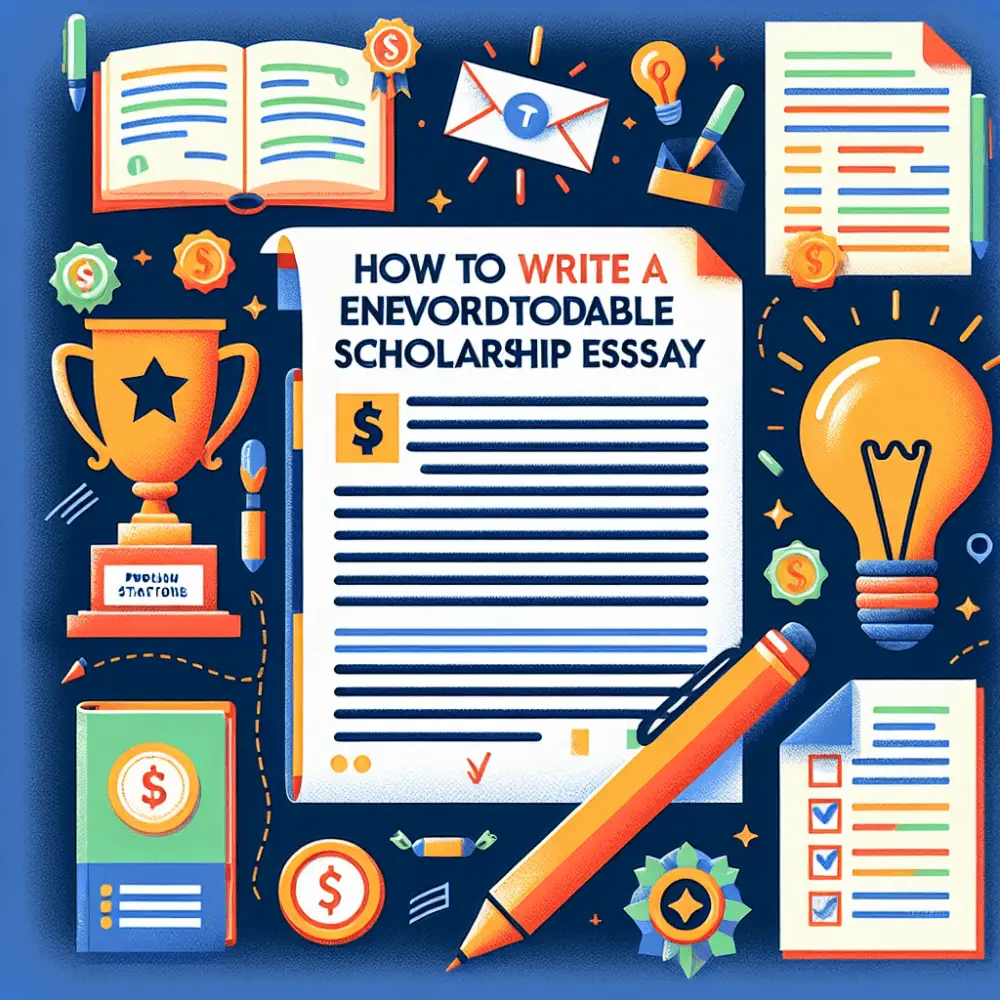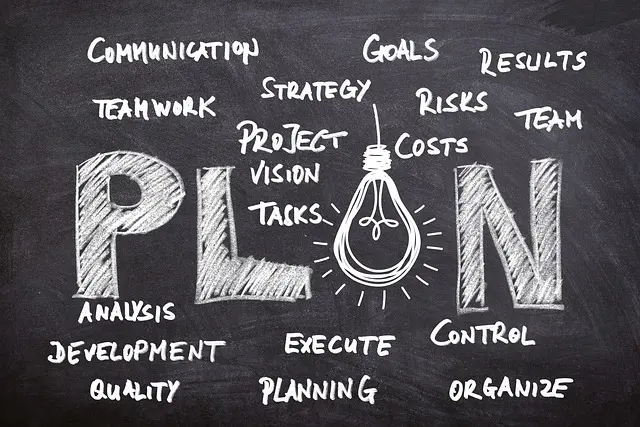
Crafting an Unforgettable Scholarship Essay: Proven Tips and Strategies
Applying for scholarships can be a daunting task, but one element that allows students to set themselves apart is the scholarship essay. An exceptional essay can significantly improve the chances of winning financial aid for college. In crafting this important piece, applicants must convey their strengths, aspirations, and unique perspectives. Below are proven tips and strategies to create an unforgettable scholarship essay.
Understanding the Prompt
First and foremost, comprehending the essay prompt is crucial. Students should read the instructions carefully, ensuring they understand what the scholarship committee is looking for. Whether the prompt asks about career goals, personal challenges, or reasons for pursuing education, it’s essential to stay on topic.
Brainstorming Ideas
Once the prompt is clear, the brainstorming phase begins. At this stage, students should jot down all potential ideas without worrying about organizing them. This might include achievements, life experiences, favorite subjects, or influential relationships. Quantity matters in brainstorming; later, quality will sift through.
Creating a Strong Outline
With a pool of ideas, the next step is to create an outline. An outline organizes thoughts and ensures a coherent flow of ideas. Typically, a scholarship essay follows a structure that includes an introduction, body paragraphs, and a conclusion.
Introduction with a Hook
The introduction sets the tone for the essay. It should start with an engaging hook that captures the reader’s attention. This could be an intriguing question, a provocative statement, or a vivid anecdote. A strong introduction not only hooks the reader but also introduces the main theme.
Developing the Body Paragraphs
In the body paragraphs, applicants should delve deeper into their stories and arguments. Each paragraph should convey a single idea, supported by specific examples and personal experiences. It’s essential to be authentic and honest, as sincerity resonates well with readers.
One effective approach is the STAR method—Situation, Task, Action, Result. This involves describing a situation, outlining the tasks involved, detailing the actions taken, and highlighting the results achieved. This method clearly demonstrates problem-solving skills and personal growth.
Showcasing Achievements Modestly
While it’s important to highlight achievements, it’s equally crucial to maintain humility. It’s possible to share accomplishments without appearing boastful. For instance, instead of saying "I’m the best at math," one might say, “I have always had a strong affinity for math, which has driven me to excel in competitions and help my peers as a tutor.”
Connecting to the Scholarship Goals
A scholarship essay should align with the goals and values of the awarding organization. If a scholarship is geared towards future engineers, the essay should reflect a passion for engineering and a commitment to making a difference in the field. Understanding the scholarship’s mission helps tailor the essay to what the committee values.
Writing the Conclusion
The conclusion should encapsulate the main points of the essay and leave a lasting impression. This is a chance to reiterate the applicant’s enthusiasm for their chosen path and their gratitude for the opportunity. Ending on a positive, forward-looking note offers a compelling closure.
Revising and Proofreading
Once the first draft is complete, revision is the next critical step. This involves examining the essay for clarity, coherence, and overall impact. Are the ideas clearly articulated? Does the essay flow logically? Each sentence should add value and drive the narrative forward.
Proofreading is equally important to catch any grammatical errors or typos. It’s beneficial to read the essay aloud, as this can highlight awkward phrasings and run-on sentences. Sharing the essay with trusted mentors or peers for feedback can provide fresh insights and suggestions for improvement.
Authenticity is Key
Authenticity cannot be overstressed. Scholarship committees read hundreds of essays, and genuine voices stand out. Applicants should resist the urge to embellish stories or adopt a persona they think the committee wants to see. Being true to oneself is the best approach.
Using Strong, Active Language
Effective writing utilizes strong, active language. Action verbs and concise sentences create a dynamic and engaging essay. Passive constructions should be minimized, and every word should contribute to advancing the applicant’s narrative.
Highlighting Community Involvement and Leadership
Scholarship committees often look for candidates who are not only academically proficient but also active in their communities. Applicants should include any volunteer work, community projects, or leadership experiences. Demonstrating a commitment to making a positive impact can significantly bolster an essay.
Balancing Personal and Professional Tone
Striking the right balance between personal and professional tone is essential. The essay should be personable enough to reveal the applicant’s character but formal enough to maintain academic integrity. Avoiding slang and overly casual language while weaving in personal anecdotes can achieve this balance.
Avoiding Clichés
Tired clichés can weaken an essay. Phrases like "I want to make the world a better place" are overused and vague. Instead, applicants should strive for specificity and originality. Detailing concrete plans and unique personal experiences offers a more compelling narrative.
Adapting Essays for Different Scholarships
Once a strong essay is crafted, it’s possible to adapt it for multiple scholarships. However, students should tailor each version to the specific requirements and values of different scholarships. Recycling essays without customization can come across as impersonal and lazy.
Maintaining Word Count
Adhering to the word count is critical. Most scholarship applications specify a word limit, and exceeding this limit can result in disqualification. Concise and precise language ensures that the essay remains within the permitted length while delivering maximum impact.
Time Management
Procrastination can jeopardize the quality of the scholarship essay. Starting early allows ample time for brainstorming, writing, revisions, and seeking feedback. Time management ensures that the essay is not rushed and reflects polished and thoughtful effort.
Seeking Guidance
Students shouldn’t hesitate to seek guidance during the essay-writing process. Teachers, counselors, and mentors can provide valuable insights and constructive criticism. Often, organizations offering scholarships may provide resources or workshops to assist applicants.
Final Thoughts
Crafting an unforgettable scholarship essay requires a blend of introspection, organization, and strategic writing. By understanding the prompt, brainstorming effectively, creating a strong outline, and writing with authenticity, applicants can produce compelling essays. Showcasing achievements modestly, tailoring to scholarship goals, and seeking feedback are additional layers that ensure a polished piece.
Scholarship essays are more than just a ticket to financial aid; they are reflections of an applicant’s journey, aspirations, and character. Approaching the task with sincerity and diligence can open doors to educational opportunities and future success.












